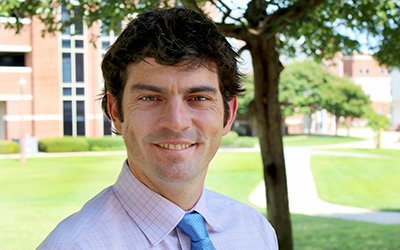Paul and his Lord were people of immense power, who saw clearly the wayward ways the world considered natural. With calm premeditation and clear vision of a deeper order, they took their stand always among those “last who shall be first” mentioned repeatedly in the Gospels. With their feet planted in the deeper order of God, they lived lives of utter self-sacrifice and abandonment, seeing in such a life the highest possible personal attainment.
And through that way of living God gave them “the power of indestructable life” (Heb. 7:16) to accomplish the work of their appointed ministry and to raise them above the power of death. During their lives, they both were men of lowly and plain origin and manner, when compared with the glittering and glamorous ones who dominated the world’s attention. So most of their powerful contemporaries could not possibly have seen either of them for who they were. Nor can we, until we have begun in faith actually to live as they lived.
But today we are insulated from such thinking. Our modern religious context assures us that such drastic action as we see in Jesus and Paul is not necessary for our Christianity — may not even be useful, may even be harmful. In any case, it certainly will be upsetting to those around us and especially to our religious associate, who often have no intention of changing their lives in such a radical way. So we pass off Paul’s intensely practical directions and example as being only about attitude. Or possibly we see in them some fine theological point regarding God’s attitude toward us. In some cultural contexts Paul’s writings are read as telling us not to enjoy secular entertainments or bodily pleasures — or as commanding us to embrace whatever the current prudishness is. We take something out of our contemporary grab bag of ideas and assume that that is what he is saying. However, no sane, practical course of action that results in progress toward pervasive Christlikeness ever seems to emerge from such thinking.
The Spirit of the Disciplines, pp. 106-7

Powered by WordPress & Theme by Anders Norén
%d bloggers like this:

Recent Comments
MegaMAGAloveUSA!
"Lord God Almighty, please let us Christians wake up with empathy, compassion and ..."
MegaMAGAloveUSA!
"Thank you. Trying to learn a way through this all. CHRISTIANS ..."
Deb
"Thank you for this important critique of JHY's theology of the cross lived ..."
ReaderV
"There is no doubt abortion is tragic . I don't believe anyone ever ..."
Sandra
"Wow!!! I love this guy! Peacemaking is so dear to my ..."